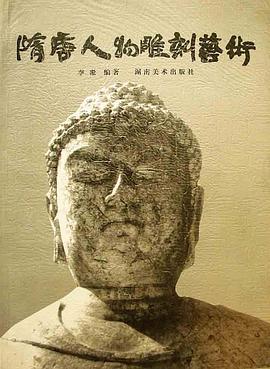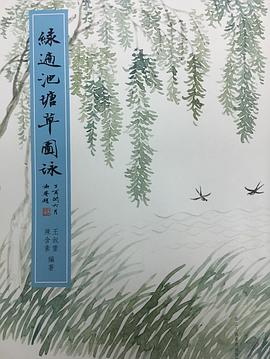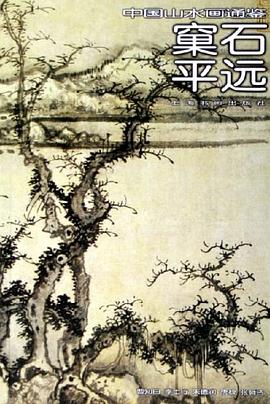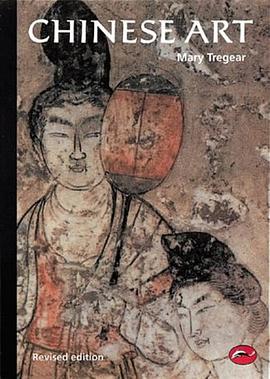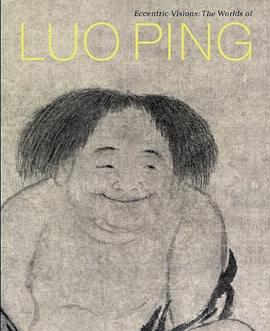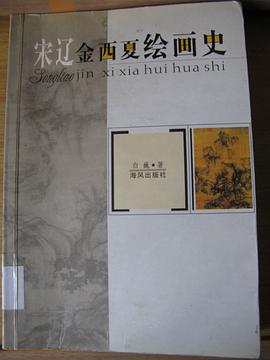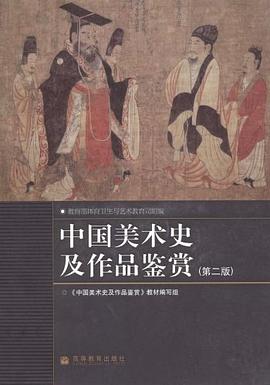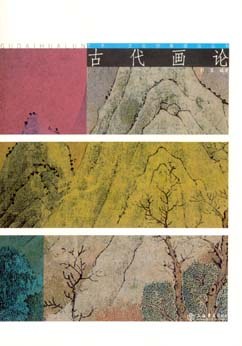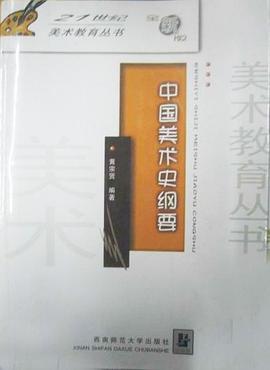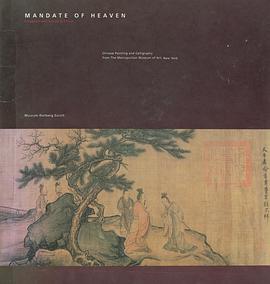
Catalogue of an exhibition of Chinese painting and calligraphy from the Metropolitan Museum of Art, New York, held at the Museum Rietberg Zurich.
The Museum Rietberg, Zürich presents the exhibition Mandate of Heaven, Emperors and Artists in China until July 14 1996. The emphasis of the exhibition is placed on the diversity of relations between the Chinese emperors and the artists. It complements the exhibition Ancient China featuring early Chinese works of art that is on display at the Kunsthaus Zürich.
The Metropolitan Museum of Art, New York has lent exclusively to Zurich, thirty-nine paintings and three works of calligraphy dating from the 11th to the 18th century from its world-renowned collection. Many of the more fragile works, painted on silk or paper, are only rarely on view even in New York and have left the Metropolitan for the first time.
The 'Mandate of Heaven', from which the exhibition draws its title, refers to the authority invested in the emperor to rule the Middle Kingdom. The relationship of the emperor, the Son of Heaven, to the supreme power was expressed not only through state rituals and in the political organization of the empire but in the practice of collecting pursued by the court. The painting academies, the imperial workshops, and the imperial collections thus also served as vehicles for the legitimation of imperial power. The theme of the exhibition explores the dynamic between imperial patronage and the artistic expressions that celebrated imperial power on the one hand and individual expression on the other.
Beginning in the 11th century, during the Northern Song Dynasty, imperial patronage encompassed a broad range of subject matter -- monumental landscapes, decorative bird- and-flower painting, and historical narrative. Each of these genres was read symbolically, as a metaphor for the orderly kingdom, which legitimized the authority of the state. It was just at this time when a new class, the scholar-officials, began to create a new kind of art in opposition to court-sponsored painting. Already masters of poetry and calligraphy, the literati amateur painters sought to endow painting with the same expressi- ve qualities seen in these other modes.
The famous handscroll The Classic of Filial Piety, by the leading scholar- amateur Li Gonglin (c. 1041-1106), may serve as the starting point of the exhibition. One of the earliest extant examples of the new genre, it is executed in the monochrome style which eliminates colour in favour of fine ink-outline drawing that emphasizes psychological drama.
Monumental landscape painting, of which few examples survive, is represented by the large-scale handscroll Summer Mountains, attributed to the early 11th-century master Qu Ding. The painting presents an ideal vision of the hierarchy of nature as a paradigm of the ideal society. The greatest patron of the arts, Emperor Huizong (reigned 1100-1125) was himself an accomplished artist. The new, intricately descriptive style that he promoted is exemplified in the handscroll Finches and Bamboo.
The Southern Song emperor Gaozong (reigned 1127-1162) co-opted the scholarly style of Li Gonglin in his programmatic sponsorship of narrative themes that celebrated dynastic revival. Following the precedent set by Emperor Gaozong, the emperors of the Southern Song actively patronized the arts and were often skilled calligraphers. The exhibition includes three examples of calligraphy by members of the Southern Song imperial house: Emperor Gaozon; Empress Yang Meizi; and Emperor Lizong.
Imperial poems were often accompanied by paintings of poetic themes. The exhibition contains six superlative examples, including works by leading masters of the Southern Song Academy: Ma Yuan; Xia Gui; Ma Lin; and Liang Kai.
Calligraphic abstraction.
With the disintegration of the Song Royal House and its fall to the Mongol conquerors in the late 13th century, the scholar-amateur ideal again became important. Disenfranchised scholar-officials turned to the arts to express their disillusionment and sense of alienation. Rejecting the styles of the immediate past, they revived the monochrome drawing style of Li Gonglin and the monumental landscapes of the 11th century. From the Mongol Yuan Dynasty, the exhibition features prime examples of scholar-amateur painting: a delicate painting of pear blossoms by the Song loyalist Qian Xuan (c. 1235-before 1307) and a striking image of pine trees set against a broad expanse of water by Zhao Mengfu (1254- 1322). Moving from the objective of realistic representation to a focus on calligraphic brushwork, Zhao was the artist most responsible for transforming representative painting into calligraphic abstraction.
Mongol patronage of the arts is also represented by two works that exemplify the technical specialty of ruled-line paintings of architecture, paintings so intricate they appear to have been done with a single-haired brush.
The full-scale revival of court patronage of the arts in the ensuing Ming Dynasty (1368- 1644) is represented by four 15th-century masterpieces in the academic style. Xie Huan's Elegant Gathering in the Apricot Orchard, datable to 1437, depicts the most powerful government officials of the day in a garden setting. The revival of the Southern Song academic manner is exemplified by Dai Jin's Returning through Snow to the Bamboo Retreat, ca 1455, while Liu Jie's Flowers, Fish, and Crabs and Lin Liang's Two Hawks in a Thicket demonstrate how painting of flowers and birds epitomized the use of genre to promote the ideals of the new empire. In 1644, the Ming Dynasty collapsed and the Manchus, a nomadic people from the border area of northeastern China, assumed power and established the Qing Dynasty (1644- 1911). In the aftermath of the Manchu conquest, the arts were again polarized, with Ming loyalists pursuing independent modes of pictorial expression while the Manchu court sought to legitimize itself through patronage of a painting manner that advocated a creative reinterpretation of the orthodox canon of old masters.
Among the works included in the exhibition by Ming loyalists is a powerful and enigmatic image of fish and rocks, dated 1696, by Bada Shanren, two works by Shitao, and a magnificent, vividly coloured twelve-panel screen, The Palace of Nine Per- fections, dated 1691, by the professional painter Yuan Jiang.
One Hundred Horses
Seven works from the Qing Dynasty exemplify the encyclopedic approach to chronicling the activities of the emperor through the programmatic documentation of his exploits and achievements. One of the most important works to be exhibited is a recently discovered, preparatory drawing by the Italian Jesuit missionary Guiseppe Castiglione (Lang Shining; 1688-1766) for his masterpiece One Hundred Horses. The impact of Castiglione's realistic drawing style - which combines the traditional Chinese manner with Western linear perspective - on court painting is seen in the hanging scroll Portrait of the Imperial Bodyguard Zhanyinbao (photo 3), by an unidentified artist of the 18th century. The exhibition culminates with a sixty-five foot handscroll that depicts the Qianlong emperor's triumphal entrance into the city of Suhzou.
Mandate of Heaven not only explores a major theme of Chinese painting history but also highlights some of the great strengths of the Metropolitan Museum's collections of Chinese paintings. During the past twenty years, the collection has grown significantly thanks to the institution's renewed commitment to Asian Art under the leadership of Professor Wen C. Fong, chairman of the Department of Asian Art. The Metropolitan now boasts the single most comprehensive collection of Chinese paintings and calligraphy outside of China. Special strengths include narrative and landscape paintings of the Song Dynasty and important examples of Yuan scholar art and Ming academic painting. The Metropolitan's collection of Qing painting is unrivalled in the West.
具體描述
讀後感
評分
評分
評分
評分
用戶評價
相關圖書
本站所有內容均為互聯網搜索引擎提供的公開搜索信息,本站不存儲任何數據與內容,任何內容與數據均與本站無關,如有需要請聯繫相關搜索引擎包括但不限於百度,google,bing,sogou 等
© 2025 qciss.net All Rights Reserved. 小哈圖書下載中心 版权所有





